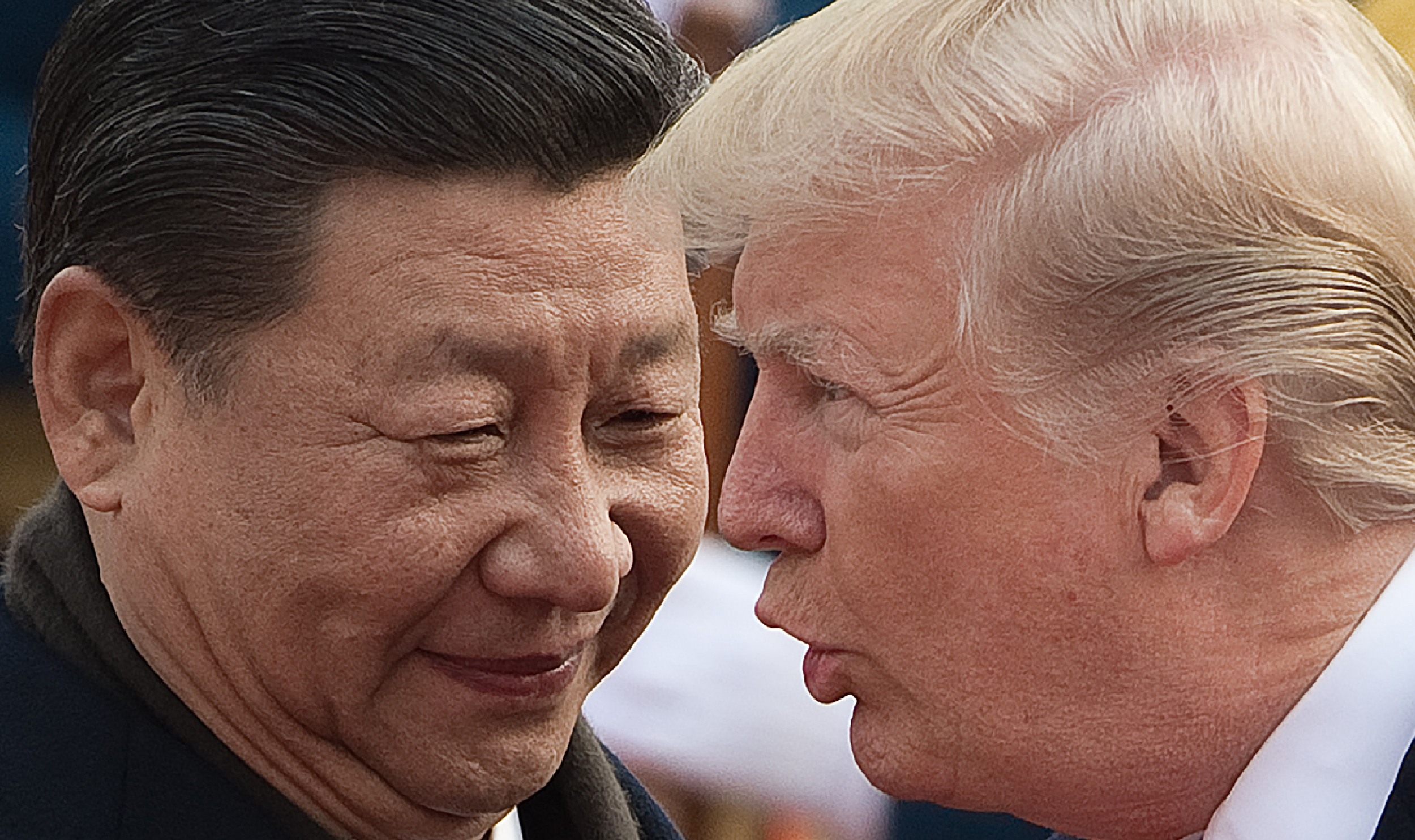In its latest tit-for-tat measure, China imposed tariffs of up to 25 per cent on 128 US imports in retaliation for earlier US duties on steel and aluminium imports.
The tariffs are worth US$3 billion (~S$3.9 billion) -- the amount China said is equivalent to its losses caused by US tariffs.
The tariffs came into effect on April 2.
US products like frozen pork, wine, seamless steel pipes, and certain fruits and nuts are among the ones that are affected.
The Trump administration imposed tariffs of 25 per cent on steel imports and 10 per cent on aluminium imports in early March 2018.
However, US allies such as Canada, Brazil, Australia, the European Union and South Korea have been temporarily exempted.
China dropped its tariffs on the US in one fell swoop
China's Ministry of Commerce initially wanted to impose tariffs in 2 stages: first, a 15% duty on 120 products, and then a 25% duty on eight other products after further assessment.
However, the latest measure covered all 128 products, including the 25% duty on pork.
China won't back down
The Ministry of Commerce has indicated that the tariffs were intended to pressure the Trump administration to back down from a trade war.
It says (translation via The New York Times):
"China and the United States are the world’s two biggest economies, and cooperation is the only correct choice.
Both sides should use dialogue and consultation to resolve their mutual concerns."
Global Times, China's state-run English-language tabloid newspaper that is known for its belligerent tone, reiterated that China "does not want a trade war, but it will not retreat should one emerge".
More damaging tariffs yet to be used
However, Beijing's recent action is still considered rather mild as other US industries, such as soybeans and planes were not targeted.
At least not yet.
China is the biggest buyer of American soybeans -- valued at US$14 billion (~S$18.3 billion) annually.
The US has warned against Chinese retaliation on American soybeans, saying that such a move would backfire instead.
But that might change after Washington unveils more punishing tariffs against Chinese products this week.
With Washington due to release a list of the US$50 billion (S$64.5 billion) worth of Chinese imports that will be affected by this Friday after an investigation, the situation might escalate further.
China has long been accused by the US of its unfair trade practices.
[related_story]
Chinese tariffs designed to hurt Trump politically
Analysts that spoke to the South China Morning Post said that the tariffs were designed to hurt Trump politically.
This is because Chinese tariffs on US pork exports would hurt pig farmers in Trump-friendly states, such as Iowa.
According to the Financial Times, the state of Iowa, where every county saw sharp gains for Republicans in 2016 compared with 2012, produces one-third of US pork.
Furthermore, almonds, and other fried fruits and nuts affected by the Chinese tariffs are staple products of Central Valley in California.
Farmers there voted heavily for Trump despite the state of California being Democrat-leaning overall.
Chinese tariffs on soybeans would further hurt US farmers, a group with significant political influence.
China careful to avoid full-blown trade war
According to the South China Morning Post, Premier Li Keqiang vowed to end mandatory technology transfers in China's manufacturing sector and strengthen protection for intellectual property.
He also pledged to ease market access restrictions on foreign investments and open up certain sectors.
However, no specific timelines were offered.
While China's concessions can be seen in these promises, with the Trump administration being increasingly dominated by hawkish advisers, these concessions might not have their desired effect.
But with continued pressure from the US, China could be forced to take more steps to open its markets in order to avoid further retaliatory moves from the US and a full-blown trade war.
And a trade war wouldn't be good for anyone.
Top image via Getty Images
If you like what you read, follow us on Facebook, Instagram, Twitter and Telegram to get the latest updates.
